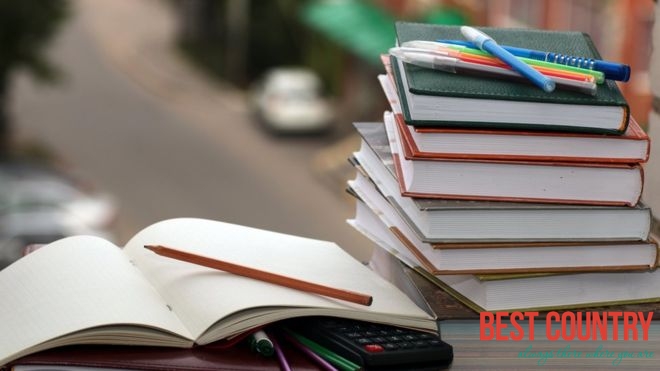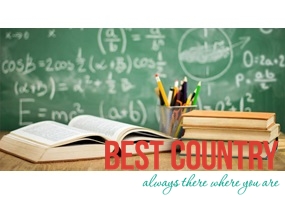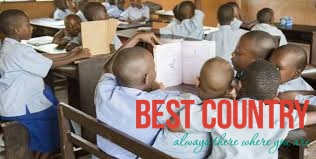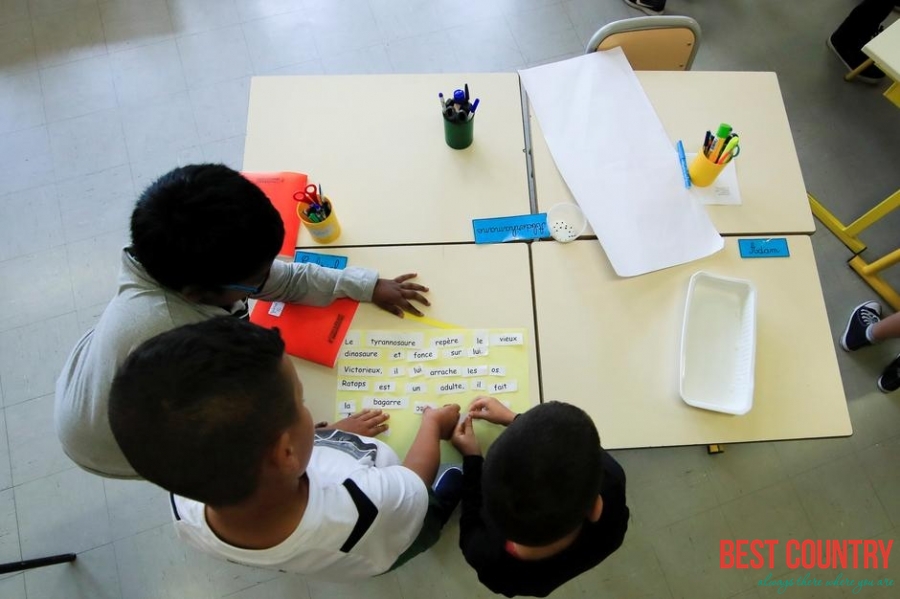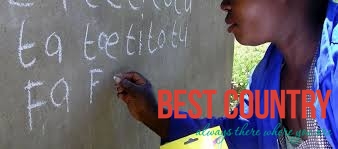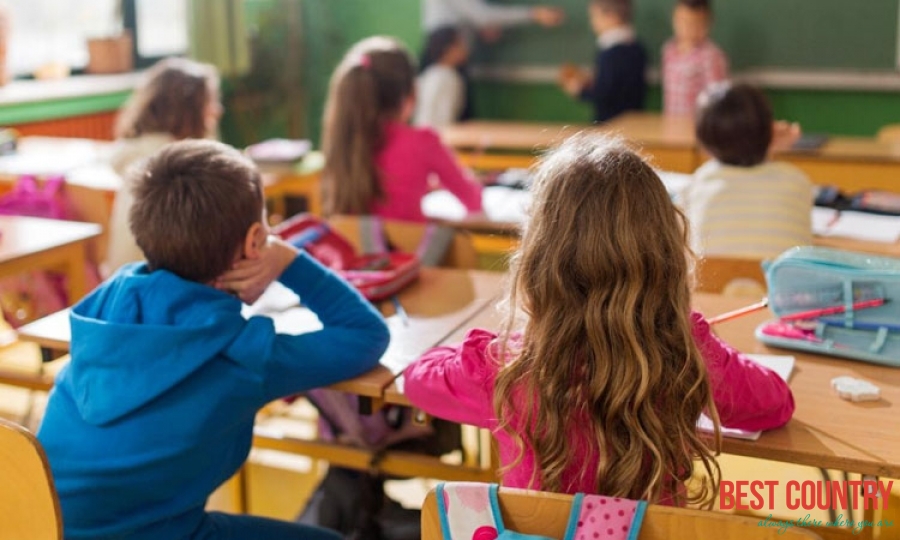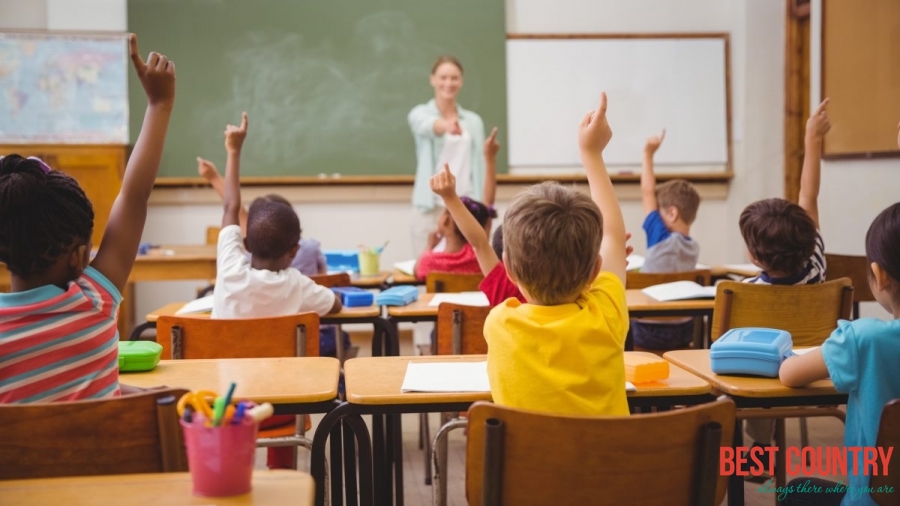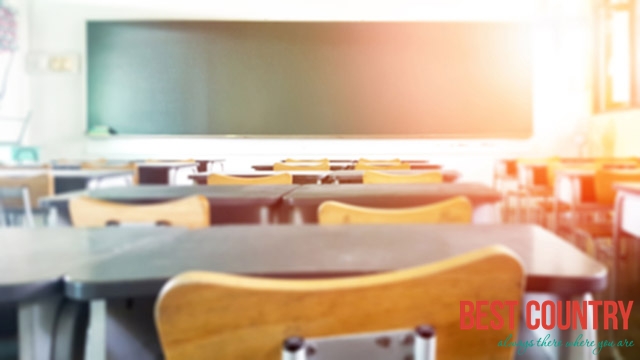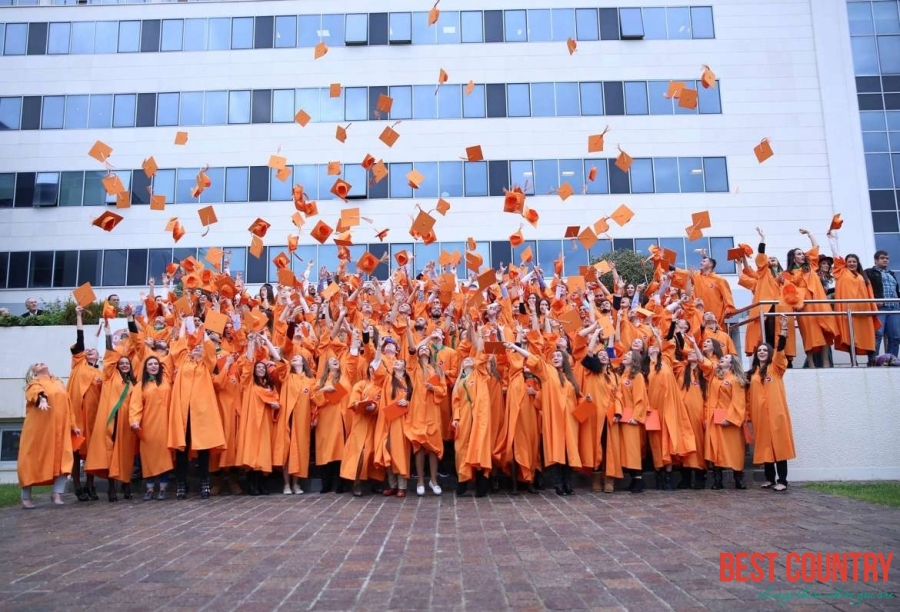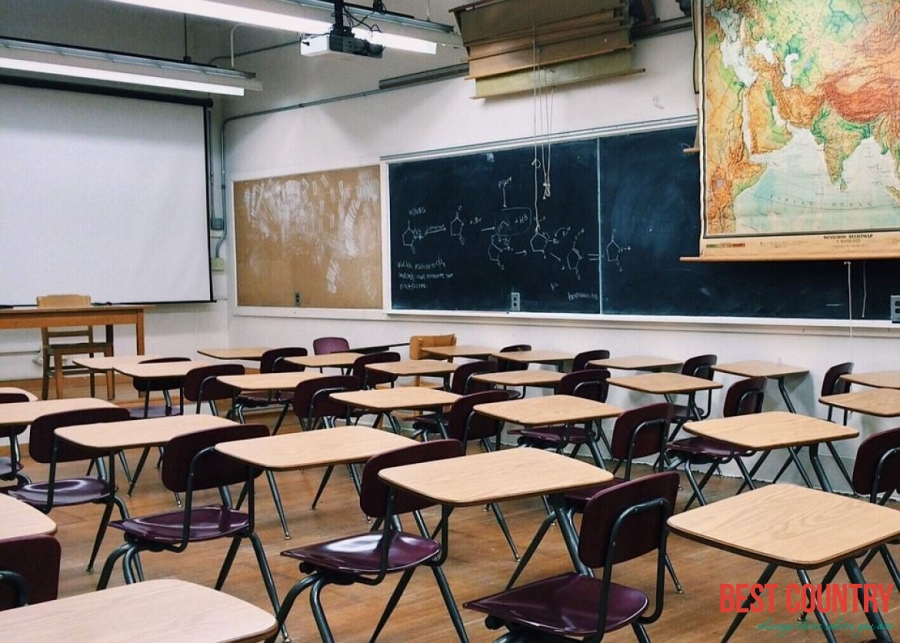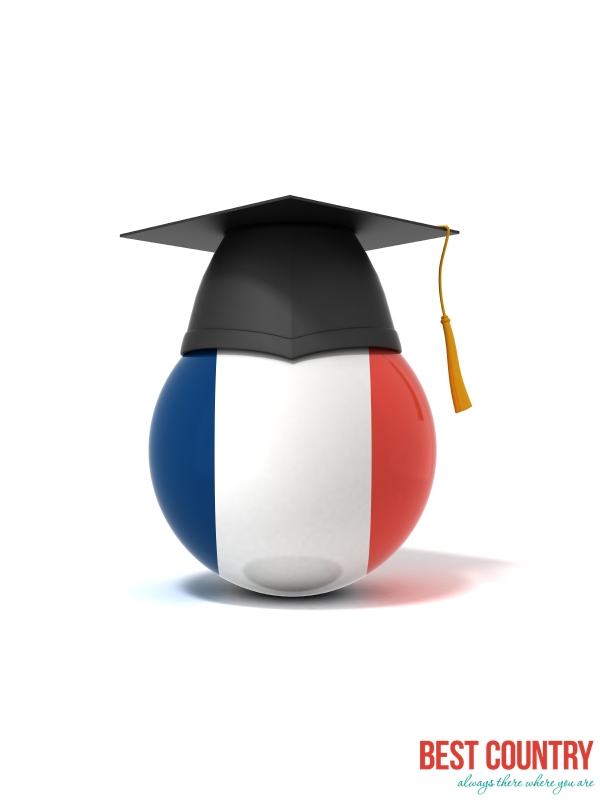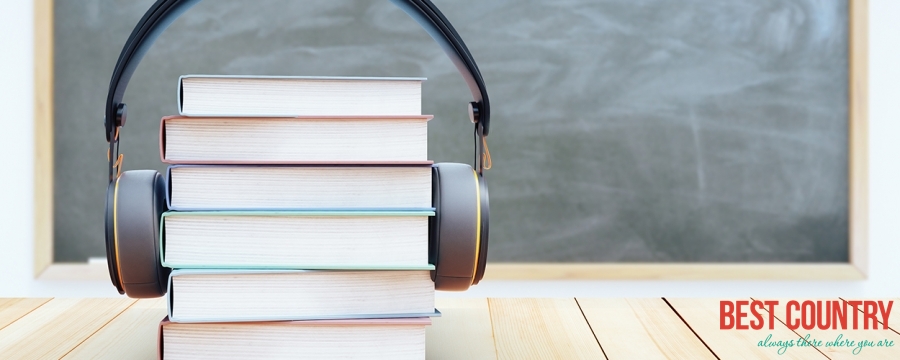Education in the different countries
Education in Niger
Education in Niger like that of other developing nations, particularly in the Sahelian region of Africa, faces challenges from poverty and poor access to schools. Although education is compulsory between the ages of seven and fifteen, Niger has one of the lowest literacy rates in the world.
Education System in Nigeria
In Nigeria, education continues to be tuned to the advantage of wealthier city people who have better chances of converting it into real jobs. This is exacerbated by poor facilities in rural areas.
Education System in Rwanda
Despite government efforts Rwanda has one of the highest repetition efforts even in Africa, and no doubt ongoing sectarian violence has contributed to this. The school language of instruction is Kinyarwanda at primary level, and then French and English thereafter, and at University too. The period spent at primary school is nominally 6 years.
Education in São Tomé and Príncipe
Education in São Tomé and Príncipe is compulsory for four years. Primary school enrollment and attendance rates were unavailable for São Tomé and Principe as of 2001.
Education in Swaziland
Education in Swaziland begins with pre-school education for infants, primary, secondary and high school education for general education and training (GET) - and universities and colleges at tertiary level.
Education in Seychelles
Until the mid-19th century, little formal education was available in Seychelles. Both the Roman Catholic and Anglican churches opened mission schools in 1851. The missions continued to operate the secondary schools — Seychelles College run by the Brothers of Christian Instruction and Regina Mundi Convent run by the Sisters of St. Joseph of Cluny — even after the government became responsible for education in 1944, though primary schools were established throughout the islands with mainly untrained teachers.
Education in Switzerland
Switzerland has always placed a high value on the delivery of good-quality education and boasts a great many higher education opportunities. It is one of the world’s leading investors in education. In 2006, for example, public expenditure on education totalled CHF 26.8 billion.
Czech educational system
Czech universities, colleges and specialized institutions are sought after for their attractive fields of study and high quality by students from all over the world.
Montenegro - Educational System
The education system in Montenegro has been strongly influenced by the former education system of the Socialist Federal Republic of Yugoslavia as well as by laws passed in the 1990s when Montenegro was part of the Federal Republic of Yugoslavia.
The Education System in Croatia
Children as young as one year old can be enrolled in the kindergartens though this is not compulsory. Most of the 450 kindergartens are state run and integrated with primary schools and some are privately run.
Education System in France
Education in France is highly centralized and organized. The country even though has a positive population growth has been inflicted by growing old population. The numbers of employable graduates below 25 are in decline. The country has been rated as 25th best education system by the OECD.
Educational system in Finland
Schooling is free and compulsory in Finland between the ages of 7 and 16. Virtually no illiteracy exists. In addition to regular primary and secondary schools, Finland has an extensive adult education program consisting of folk high schools, folk academies, and workers’ institutes. The adult education schools are operated privately or by municipalities or provinces and receive state subsidies.
Faroe Islands Education
The education system is entirely under the control of the local government, although it was only nationalized in 1979, and is historically and culturally influenced strongly by the Danish education system.
Education system in Ukraine
Even though Ukraine is not an economic power, it has 100% literacy rate. The country’s constitution has a lot of impact on the educational system.
